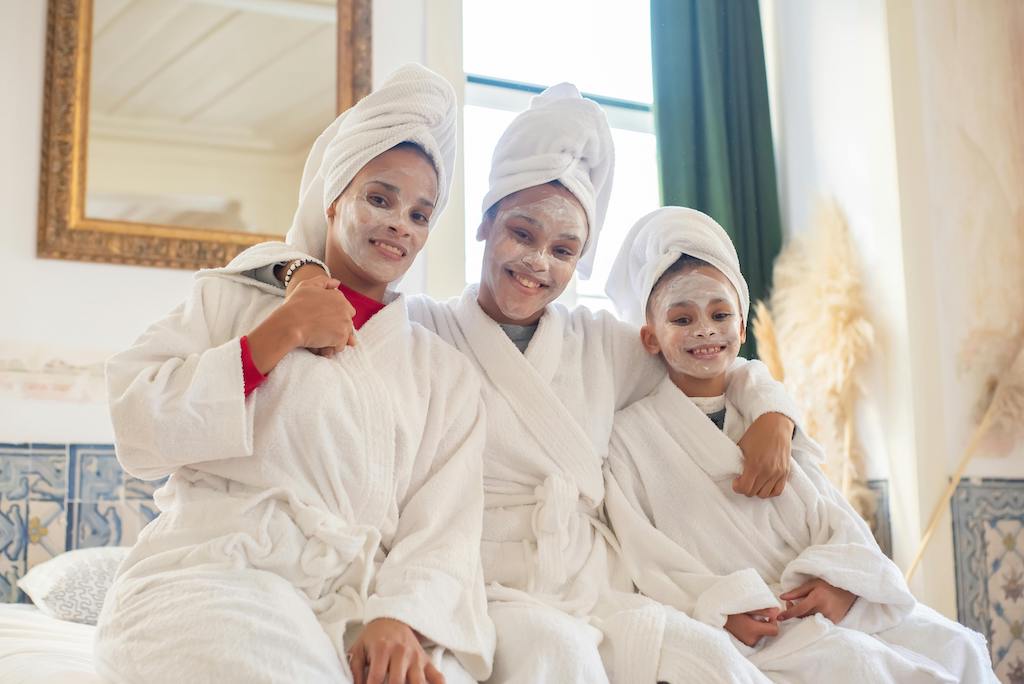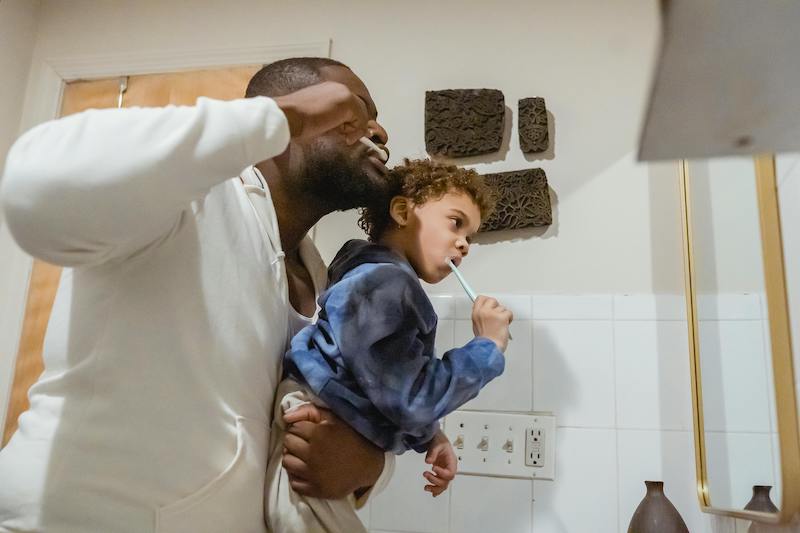San Miguel De Allende
CONTACT
submit a CALENDAR REQUEST
connect with us
Heading
home
Sayulita
ABOUT
Wellness & Family: Why Our Health Starts at Home
November 12, 2025

If you ask most people what “wellness” means, they’ll say meditation, yoga, eating clean, or taking time to relax. And while that’s true, there’s one part of wellness we often overlook — the role of family. Not just parents, children, or partners, but the people who share our days, shape our routines, and influence how we show up in the world.
Wellness isn’t only a personal practice. It’s a shared one. It exists in the tiny interactions, the emotional climate of a home, the habits we witness, the stories we inherit, and the rituals we build together. Family — whether it’s biological, chosen, or a patchwork of both — becomes the environment where our wellness either grows or withers.
And in a world that moves faster every year, cultivating family wellness isn’t a luxury anymore — it’s a survival strategy.
The Foundation: Emotional Wellness Inside the Home

Every family has its own emotional atmosphere. Some homes feel calm. Some buzz with constant movement. Others feel heavy, tense, or unpredictable. No family is perfect, but the way we communicate — or avoid communicating — becomes the foundation for emotional wellness.
Children learn emotional regulation first from the adults around them. Partners mirror each other’s stress. Parents carry invisible workloads that ripple into the family dynamic. Wellness at home begins with something simple but profound:
How do we speak to each other when we’re tired, overwhelmed, or afraid?
Creating emotional wellness in a family starts with:
- Open conversations
Not just about schedules and logistics, but feelings, worries, dreams, and needs. - Clear boundaries
Respect for alone time. Respect for personal space. Respect for differences. - Repairing, not perfecting
It’s not about never arguing. It’s about how quickly and lovingly you repair the rupture afterward. - Modeling self-care
Kids notice when adults breathe deeply instead of exploding. Partners notice when you take time to refill your own cup.
Families thrive not because everything is peaceful, but because connection stays intact.
Movement as a Family Ritual

Most people think of exercise as an individual activity — something you do alone at the gym or in a class. But movement is one of the most incredible ways to strengthen family bonds.
Movement creates:
- Shared joy
- Shared discipline
- Shared accomplishment
- Shared memories
Imagine redefining family time not as watching TV together (although that can be cozy and needed too), but as something that makes everyone feel alive.
Some ideas:
- A Saturday morning walk through the neighborhood or forest
- Family yoga sessions where everyone — kids included — gets a role
- Evening stretching while talking about the day
- Dance breaks in the living room
- Long beach walks or weekend hikes
- Partner workouts as a form of quality time
- A dedicated “movement hour” every week where each family member chooses the activity
Movement becomes less about fitness and more about connection.
It becomes, “We take care of our bodies together.”
And that message stays with children for life.
Mindfulness That Fits Real Life

Mindfulness doesn’t need incense, silence, or a special spiritual vocabulary. It can be woven into the everyday rhythm of being a family.
Try habits like:
- One mindful meal a day
Phones down, gratitude shared, each person present. - Three breaths before reacting
A habit families can practice together — especially powerful for children. - Mindful mornings
A few minutes of slow stretching, journaling, or simply waking up without rushing. - Mindful bedtime rituals
Reflection, reading together, gentle massages, or calming music. - Gratitude moments
One thing each person is grateful for, daily or weekly.
These practices shape the emotional memory of childhood. They tell the nervous system: “I’m safe. I’m seen. I belong.”
Food as a Love Language (and a Wellness Tool)
Every family carries food traditions — some nourishing, some entertaining, some rushed, and some deeply cultural or emotional. Wellness doesn’t mean perfection or restriction. It means awareness.
Families can bring more intention into eating by:
- Cooking together, not just eating together
- Passing down simple, healthy recipes
- Inviting kids into the process (chopping, stirring, choosing ingredients)
- Incorporating local, seasonal foods
- Keeping mealtimes relaxed instead of rushed
- Sharing stories about favorite dishes and cultural roots
Healthy food becomes less about rules and more about connection to ancestry, community, and care.
Breaking Generational Patterns

Wellness is not only about adding positive habits. It’s also about letting go of inherited ones.
Many of us grew up with:
- Stress being normalized
- Emotions being dismissed
- Self-care being labeled as selfish
- Busyness equated with worth
- Food used as comfort rather than nourishment
- Silence instead of communication
- Avoidance instead of healing
Family wellness means intentionally rewriting these stories.
It’s the courageous act of saying:
“The cycle ends with me. My children or partner or future family won’t carry what I carried.”
And that is powerful wellness work.
Wellness as Connection, Not Performance

It’s easy to turn wellness into a checklist — meditate, eat clean, journal, hydrate, sleep eight hours, move daily.
But families don’t need more pressure.
They need connection.
True wellness is:
- Laughing together
- Holding each other during hard moments
- Moving through life with teamwork instead of tension
- Giving each other permission to rest
- Celebrating small wins
- Supporting rituals that make everyone feel balanced
Wellness is not a personal pursuit.
It’s a family culture.
It’s how you love yourself and how you love each other.
Building a Family Wellness Culture

Creating family wellness doesn’t have to be a full lifestyle overhaul. It can start small:
- Pick one weekly ritual: yoga, nature time, Sunday smoothie morning, anything.
- Create a dedicated “reset” moment together once a week — cleaning, organizing, or decluttering as a family.
- Share responsibilities so no single person’s wellness is sacrificed for the whole family.
- Celebrate mindfulness wins, even if tiny.
- Talk openly about feelings, stress, and boundaries.
These micro-habits compound into a home that feels grounded, safe, and nourishing.
Why Family Wellness Matters More Today Than Ever

We live in a time when people are more digitally connected but emotionally isolated. Families rush through routines, juggling work, school, and responsibilities, often forgetting the importance of slowing down.
But wellness brings us back.
It helps us reconnect, reset, and remember what really matters.
When a family is well — emotionally, physically, mentally, spiritually — every member moves through the world with more resilience and more compassion.
Family wellness doesn’t just shape your home.
It shapes your legacy.